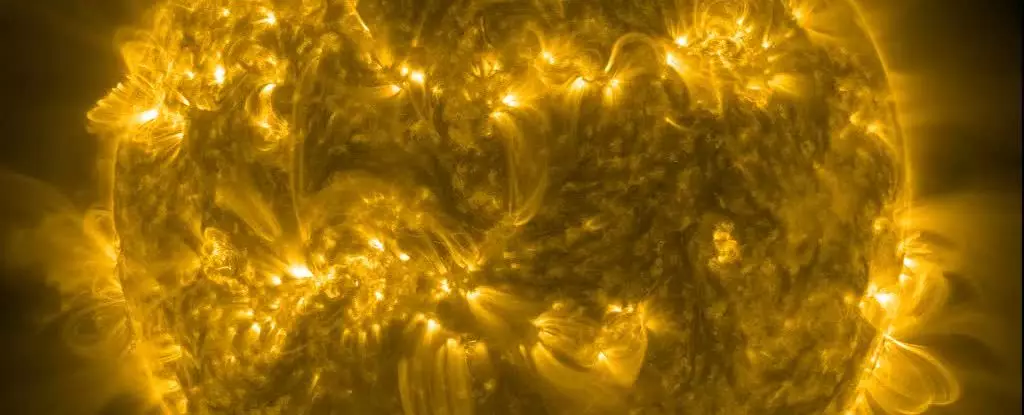The Sun is a fascinating celestial body that exhibits various cycles and rhythms that are still not fully understood by scientists. One of the most well-known cycles is the 11-year Schwabe cycle, which involves fluctuations in solar activity levels. Recent research has shed light on a potential connection between the Sun’s activity and the gravitational influences of the planets in our Solar System.
The Solar Heartbeat
The Sun’s activity levels follow an 11-year cycle, known as the Schwabe cycle. During this cycle, the Sun transitions from a period of low activity at solar minimum to a peak of activity at solar maximum. This cycle is characterized by changes in sunspots, solar flares, and coronal mass ejections. The solar dynamo, which generates this 11-year cycle internally, may also be influenced by external factors, such as the gravitational pull of Venus, Earth, and Jupiter aligning every 11.07 years.
The controversial planetary hypothesis suggests that the alignment of Venus, Earth, and Jupiter could play a role in synchronizing the Sun’s internal dynamo to follow regular cycles. This hypothesis has gained support from recent findings of giant vortical waves in the Sun called Rossby waves, which are believed to be driven by the gravitational forces of the planets. These Rossby waves could transfer energy to the sun and help regulate the Schwabe cycle and even shorter Rieger cycles.
The Sun’s magnetic field strength also exhibits fluctuations, which are believed to be part of the Suess-de Vries cycle that occurs every 193 years. This cycle aligns with the periodic motion of the Sun around the Solar System’s center of gravity and the Hale cycle. Mathematical modeling has shown that planetary alignments can replicate both the Schwabe and Rieger cycles, further supporting the role of the planets in influencing the Sun’s activity levels.
The Need for Further Research
While the findings regarding the planetary influences on the Sun are intriguing, there is still much to be explored and understood. The Sun is a complex system with multiple factors at play, and the role of the planets, if any, is just one piece of the puzzle. Scientists continue to gather data and refine their models to gain a more comprehensive understanding of the Sun’s behavior and the factors that drive its various cycles.
The relationship between the Sun and the planets of our Solar System is a tantalizing area of research that holds the potential for groundbreaking discoveries. The planetary influences on the Sun’s activity levels, particularly the Schwabe and Rieger cycles, highlight the interconnected nature of our cosmic neighborhood. As scientists delve deeper into these mysteries, we may uncover even more clues about the Sun’s hidden rhythms and the forces that shape its behavior. The quest to unravel the enigmatic workings of our Sun continues, fueled by curiosity and a thirst for knowledge.


Leave a Reply